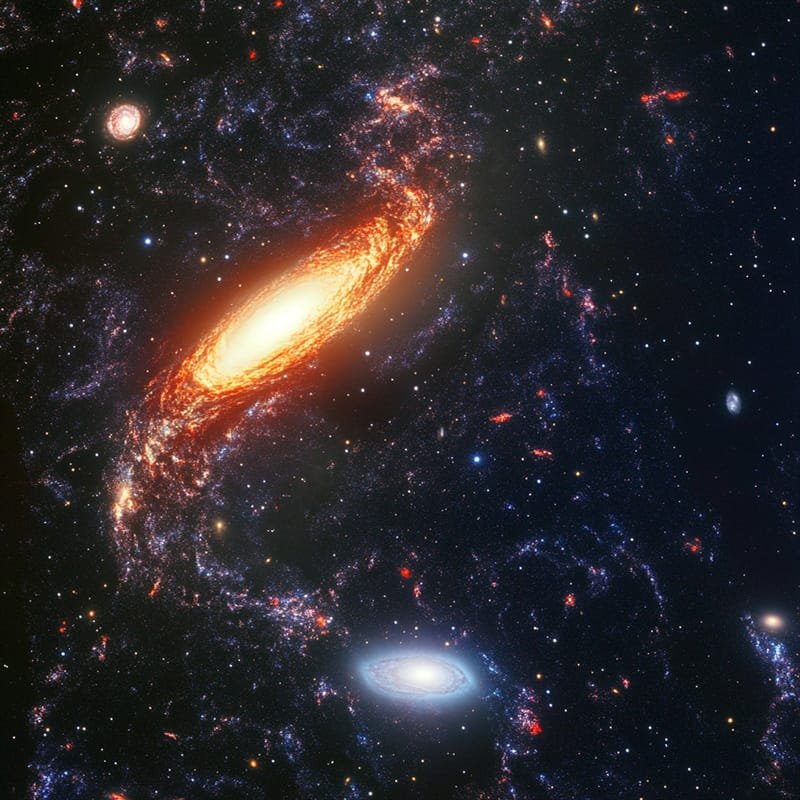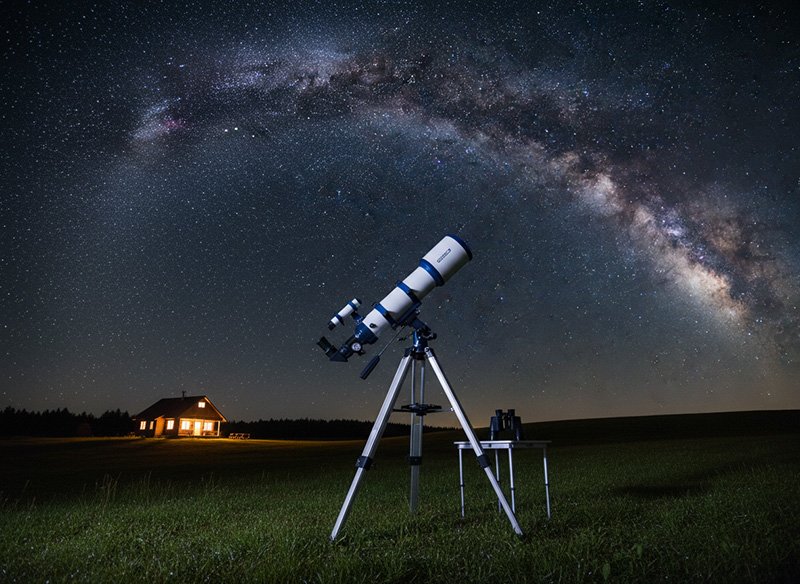Discover the giant galaxy Inkathazo, 32 times larger than the Milky Way, unveiled by MeerKAT. Explore cosmic wonders today!
Takeaways 📌
- Unveiling the Colossal Inkathazo: Discover the newly identified galaxy Inkathazo, which is an astonishing 32 times larger than the Milky Way, thanks to the MeerKAT telescope.
- Surprising Scale: If you imagine the Milky Way as a coin, Inkathazo would be the size of a large dinner plate, highlighting the vastness of our universe.
- Center of Power: At its core, Inkathazo hosts a supermassive black hole, surrounded by interstellar gas, providing insights into galaxy formation and behavior.
- Astronomical Leap: From 800 known giant radio galaxies in 2020 to over 11,000 today, advancements in radio telescopes have significantly broadened our cosmic understanding.
- South Africa’s Astronomical Rise: The discovery not only showcases MeerKAT’s capabilities but also positions South Africa as a key player in global astronomical research.
- Future Explorations: This finding encourages us to continue exploring the cosmos, emphasizing the potential for more groundbreaking discoveries with advanced technology.
In the vast expanse of the cosmos, the discovery of a giant galaxy is a monumental event. The South African MeerKAT telescope has recently made such a discovery, unveiling a galaxy that is a staggering 32 times larger than our own Milky Way. This blog post will delve into the details of this groundbreaking discovery, its implications, and the role of advanced telescopes in expanding our understanding of the universe.

The Discovery of the Giant Galaxy
The MeerKAT telescope, a cutting-edge instrument located in South Africa, has discovered a giant galaxy that has been aptly named “Inkathazo,” which translates to “trouble” in isiZulu. This name reflects the challenges scientists face in understanding the physics behind such massive galaxies. The galaxy is located approximately 1.44 billion light-years away from Earth, a distance that is almost unfathomable to the human mind.
The Scale of Inkathazo
Inkathazo is not just a giant galaxy; it is a colossal structure that dwarfs our Milky Way. To put it into perspective, if the Milky Way were the size of a coin, Inkathazo would be roughly the size of a large dinner plate. This comparison underscores the vastness of the universe and the potential for uncovering more such colossal structures.

The Supermassive Black Hole at the Heart of Inkathazo
At the center of Inkathazo, like most galaxies, is a supermassive black hole. This black hole is surrounded by large amounts of interstellar gas that spiral around it, getting pulled in beyond the event horizon. The energy released in this process is what makes the giant galaxy visible to telescopes like MeerKAT.
The Scientific Context of the Discovery
Until 2020, only about 800 giant radio galaxies had been identified. However, advancements in radio telescopes, including MeerKAT, have revolutionized this field. In the past five years, approximately 11,000 giant radio galaxies have been discovered. This significant increase in discoveries has expanded our understanding of the cosmos and the variety of structures it contains.
The Implications of the Discovery
The discovery of Inkathazo is not just a testament to the capabilities of the MeerKAT telescope; it also underscores the importance of advanced telescopes in exploring the universe. It pushes the boundaries of current astronomical knowledge and highlights the potential for future discoveries in the field.Moreover, this finding is a testament to South Africa’s growing role in cutting-edge astronomical research. The country is increasingly becoming a hub for space exploration and discovery, with the MeerKAT telescope playing a pivotal role.In conclusion, the discovery of the giant galaxy Inkathazo is a significant milestone in our understanding of the universe. It serves as a reminder of the vastness of the cosmos and the potential for future discoveries. As we continue to explore the universe with advanced telescopes like MeerKAT, who knows what other wonders we might uncover?
























